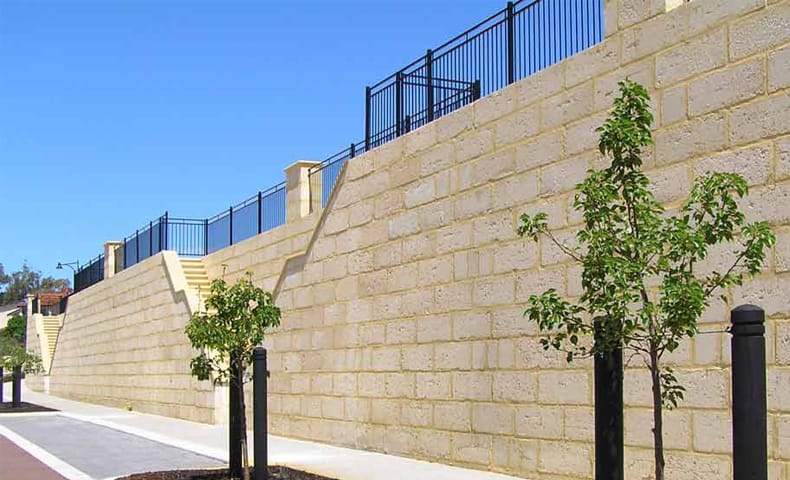
Limestone is a strong and durable material ideal for many building projects such as cladding, feature walls, retaining walls and much more. There is natural limestone or reconstituted limestone, which is basically crushed limestone mixed with cement. This makes it even stronger and adds to its versatility. So which should you choose for your walls?
Much depends on the position of the walls, your budget and your colour preference: –
Position – walls that are in very exposed places where wind and rain can beat on them all the time need to be stronger than a wall in a sheltered spot. Limestone is slightly softer than some other stone types. Even though it is considered quite strong enough for walls, some slight erosion may occur over the years, making sharp edges more rounded. So if this is important to you, natural limestone may not be the best choice for such a wall. However, if the position is sheltered from wind and seawater spray, natural limestone could be a good choice.
A feature wall on the sheltered side of the house would be fine with natural limestone; similarly, cladding on the house itself would be suited to natural limestone because the inner side would be totally out of the weather.
Reconstituted limestone blocks will give you a wall that is both attractive and durable, standing the test of time in the weather due to its cement component. It would be fine for garden walls, retaining walls, cladding or even feature walls.
Budget – if you want to get the cheapest material, reconstituted limestone may give you the best deal. Because there is no waste in the product, it can be offered at a better rate than natural limestone. Natural limestone bricks or blocks may break, chip or crack as they are being cut in the quarry or transported and this all costs extra.
Reconstituted limestone is all crushed anyway, so it won’t matter if it breaks; the pieces can still be used. This makes it cheaper as the savings are passed on. This is really a decision that only you can make, since you are the only one to know what your budget is and whether you should stick to it or not.
Colour preference – natural limestone only comes in cream. Within that main colour there are veins of lighter and darker cream which certainly make it attractive up close as many people will agree, but at a distance the overall colour is cream. And there is no way to add colour to it. That said, it is still beautiful due to the texture and grain.
Reconstituted limestone comes in cream and grey due to the addition of the cement. So if you truly prefer a pale grey and colour is more important to you, this would be the way to go. Whichever you choose, you are sure to end up with a wall that enhances your home and surroundings and adds value to your property.
Such walls can be used in a variety of ways, being useful as well as highly decorative. They can cut glare, aid in giving you privacy and create a focal point that enhances your home or some feature in your garden. They can grace a driveway or pathway, hold back soil on a slope and offer wind protection and shade to delicate plants or picnic and relaxation areas. So ultimately, it is up to you.






